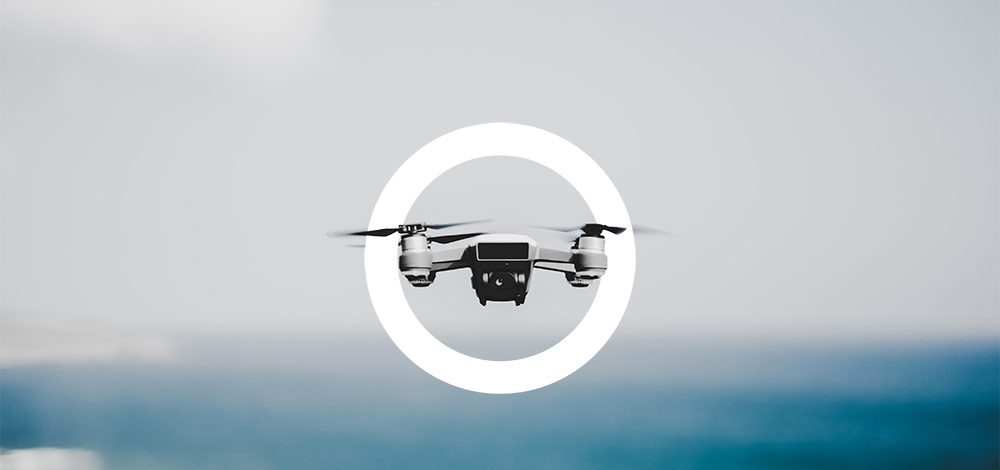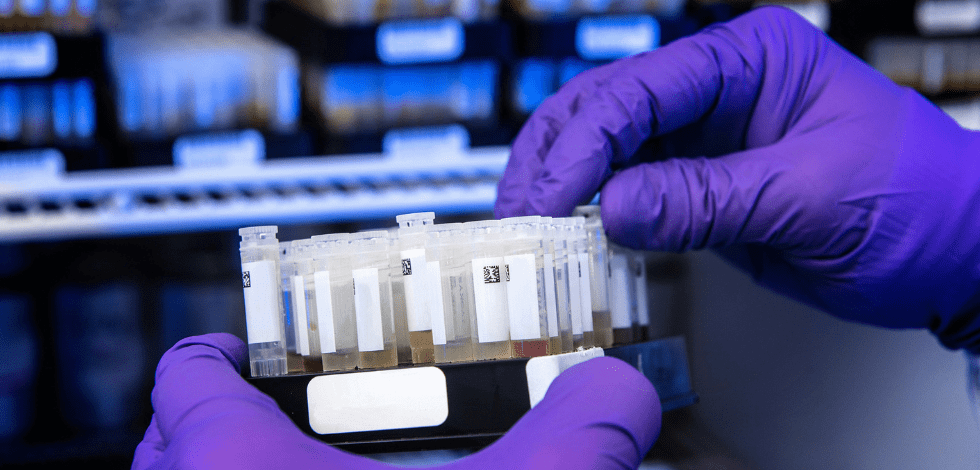Some technologies have a way of promoting, or provoking, further waves of innovation. Mass eVTOL services will make huge demands on air traffic control. But first, our systems for managing airspace must contend with the proliferation of UAVs (unmanned aerial vehicles) or “drones”.
The number of drones in the US is projected to more than double from 1.1 million in 2017 to 2.4 million in 2022. This increase in autonomous aircraft – perhaps, to be followed by pilot-less air taxis – gave rise to the concept of Unmanned aircraft system Traffic Management (UTM).
This concept offers a solution for tracking and mapping all of the UAVs within a given area. The aim is to avoid collisions between drones and with larger, manned aircraft. Drones now are generally limited to operations within the operator’s visual line of sight so as to manage this risk. UTM systems would allow drones to fly beyond this limited range and operate safely within a crowded airspace.
What is being done?
Many companies are working on the software needed to ensure high levels of safety within congested airspace. However, commercial UAV operators are already implementing this technology to meet safety requirements for protecting manned aircraft and other drone users.
Substantial work is being done in the UK, where Manchester Airport in 2018 hosted ‘Operation Zenith’. The UK National Air Traffic Service (NATS) – in partnership with aviation technology specialist Altitude Angel – set out to prove that drones could be safely flown alongside large commercial airliners, performing inspections and other airfield tasks.
Other companies are also investing in and refining the technology – from NASA to Uber, as well as a host of dedicated UTM providers such as Airmap and Unifly. Like them, the European Commission wants to “support safe, efficient and secure access to airspace for large number of drones” and to promote competition and job creation in this new sector of the economy.
As a result, its “U-Space” Initiative sets out to implement four services to support a regulatory framework for drones, covering:
- e-registration, e-identification and geo-fencing
- Drone operations management, including flight planning, flight approval, tracking, and interfacing with conventional air traffic control
- More complex operations in dense areas such as assistance for conflict detection and automated detect-and- avoid functionalities
- Very high levels of automation, connectivity and digitalisation for both the drone and the U-space system
UTM services could implement AI technology
These services typically rely on aircraft communicating with each other to ensure that their position is known to others. With further innovation, UAVs may gain autonomous decision-making skills. This includes on-board ‘sense and avoid’ technology with the ability to avoid collisions with unexpected objects. For example, UAVs could be notified when a police helicopter is entering the vicinity so they remove themselves to a safe position to await further instructions.
As the number of UAVs in our skies increase, so does the need for a powerful centralised system. This will most likely require artificial intelligence to make complex decisions and keep airspace safe. The incentives for developers of UTM applications that facilitate the widening use of drones are considerable.
For more trends in aerospace, download your copy of ‘Backing the future of aerial mobility’ here:













No Comments